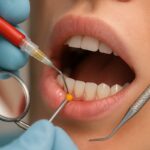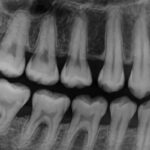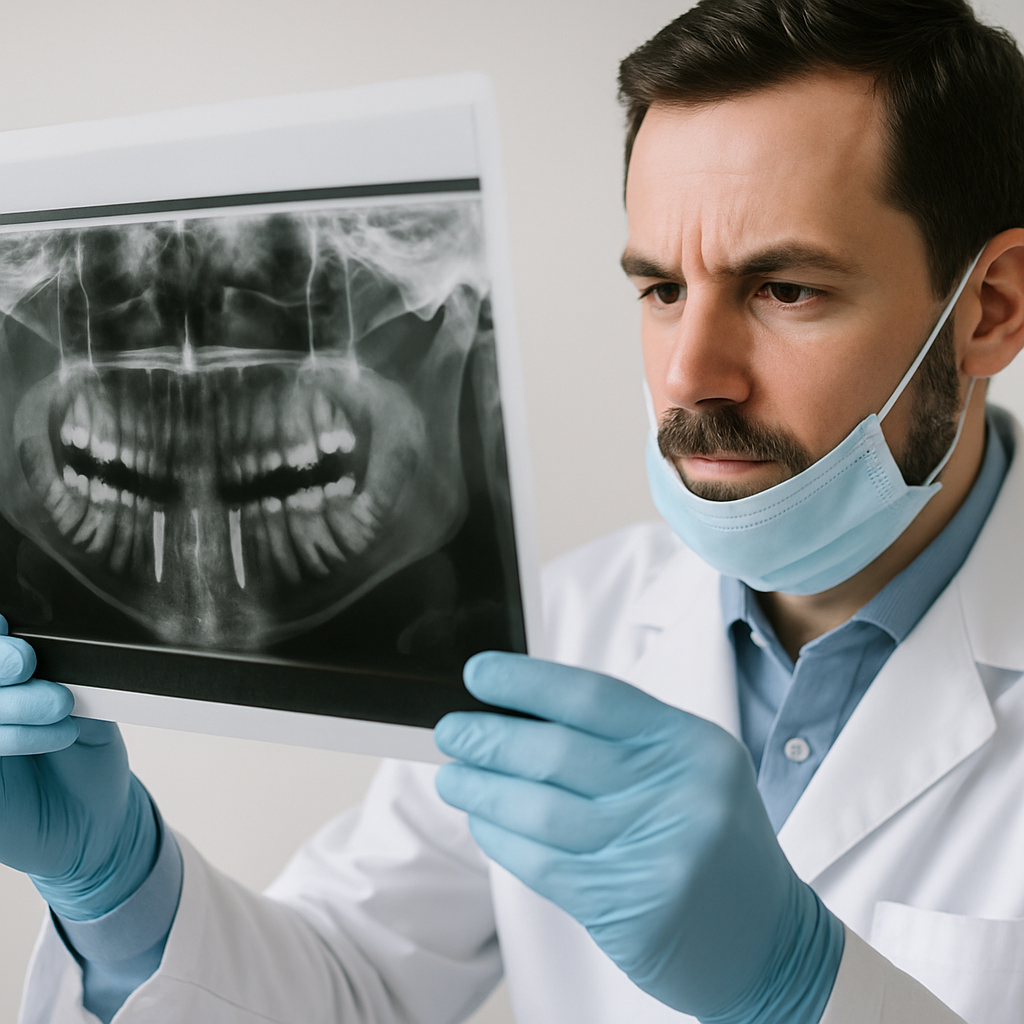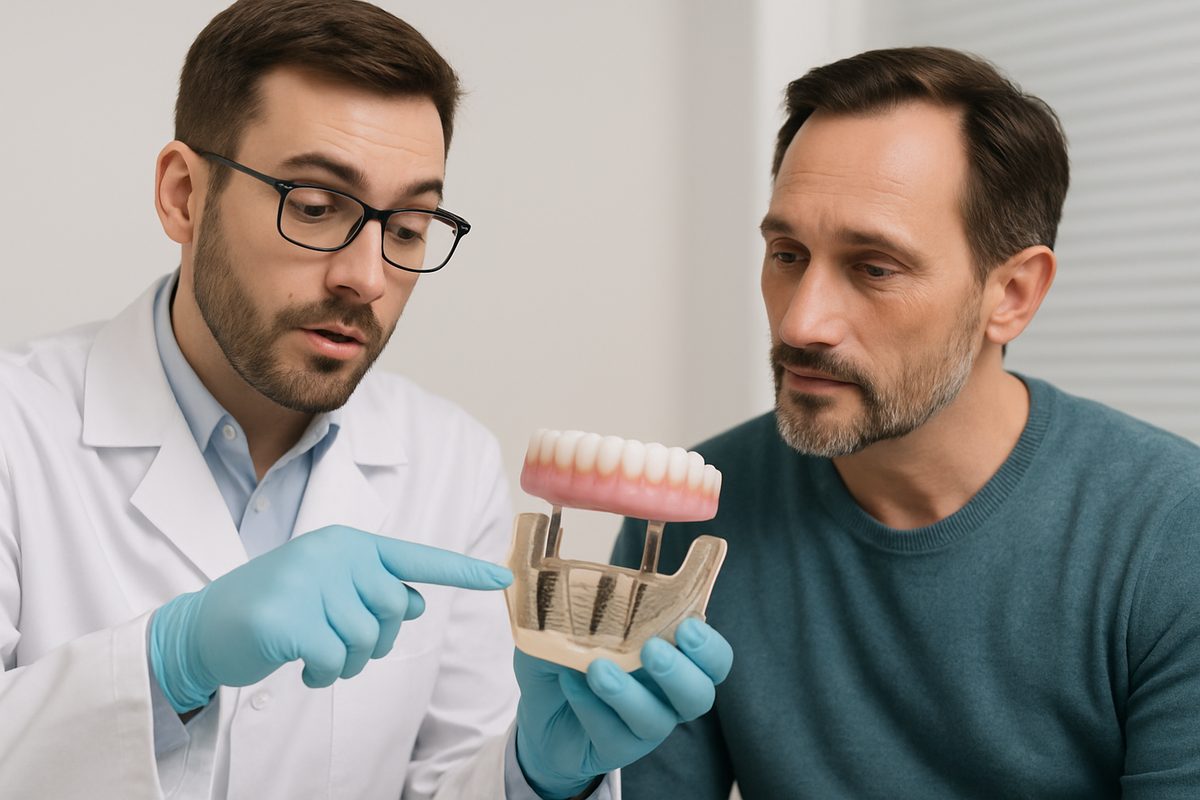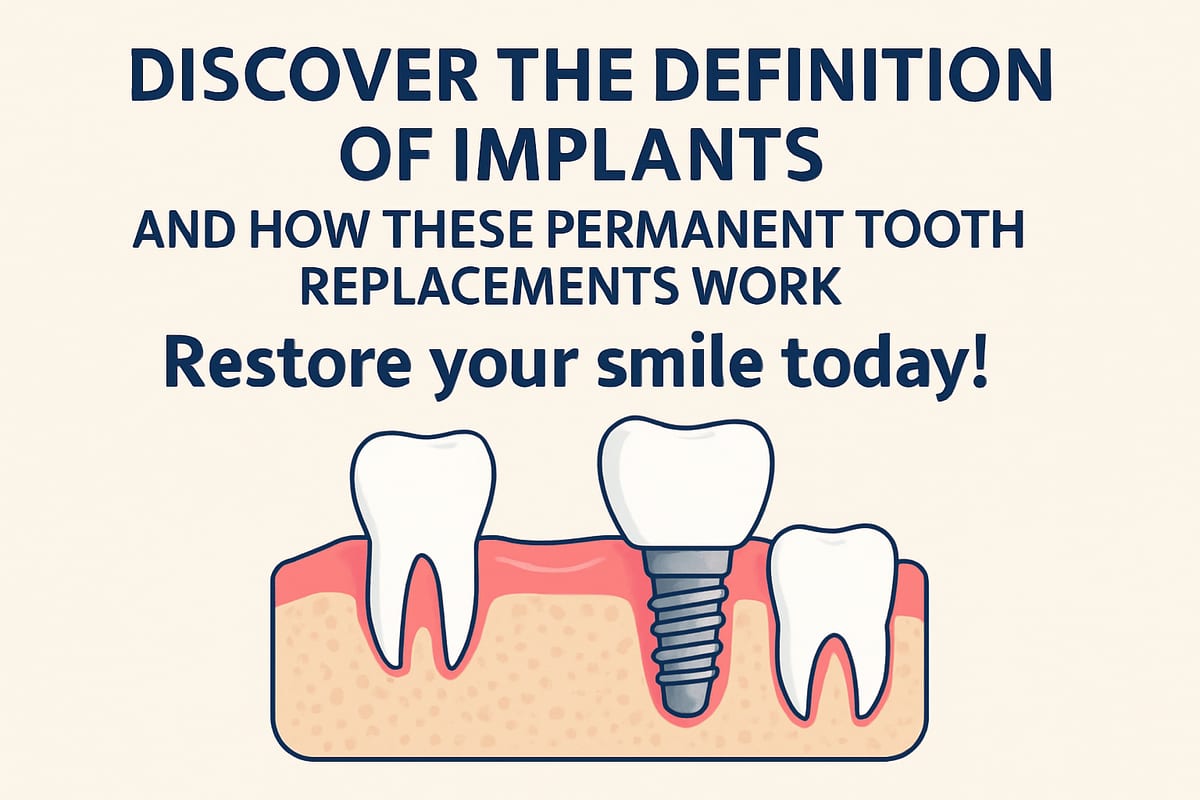What Causes Bone Loss In Your Mouth? Gum Disease, Explained. Intro — define and preview Bone loss in the jaw weakens the support for your teeth. If you’re wondering what causes bone loss in your mouth, the most common answer is untreated gum disease. Bone loss matters because it can make teeth loose, change your bite, and even lead to tooth loss. This article explains how gum disease causes bone loss, other causes, signs to watch for, how clinicians diagnose it, treatment options, and ways to prevent more damage.
How gum disease causes bone loss
Plaque, tartar, and chronic inflammation
Bacteria in dental plaque irritate your gums. Left alone, plaque hardens into tartar. The body’s immune response to these bacteria causes chronic inflammation. Over time, that inflammation breaks down the bone that holds teeth in place.
Gingivitis vs. periodontitis
Gingivitis is early gum inflammation and can be reversed with good cleaning. Periodontitis is a deeper infection where the tissues and bone around teeth are damaged. Bone loss happens when gum disease reaches the periodontitis stage.
Other common causes of bone loss in your mouth
Tooth loss and lack of stimulation
When a tooth is missing, the jawbone stops receiving normal chewing forces. Without that stimulation, the bone slowly resorbs and shrinks in size.
Medical conditions and medications
Conditions like diabetes and osteoporosis raise the risk of bone loss. Cancer therapies and some drugs (for example, certain bisphosphonates and steroids) can also affect bone health in the mouth.
Trauma, bruxism, and poor bite
Chronic teeth grinding (bruxism), a bad bite, or injury to the mouth can stress teeth and the surrounding bone, contributing to bone loss over time.
Smoking and poor oral hygiene
Tobacco increases the severity of gum disease and slows healing. Poor daily care lets plaque build up and fuels bone loss.
Signs and symptoms of bone loss around teeth
Common warning signs include loose teeth, gums that pull away or look receded, teeth that appear longer, deep gum pockets, persistent bad breath, and changes in how dentures or your bite fit.
How clinicians diagnose bone loss
Dentists and periodontists use periodontal probing to measure pocket depth and dental X-rays (bitewings, periapical films, or CBCT scans) to view bone levels. They chart findings to track changes over time and determine how much bone has been lost.
Treatment options to stop and rebuild bone
Nonsurgical care like scaling and root planing and improved home hygiene can control infection early. Laser therapy (such as LANAP) can reduce bacteria and preserve tissue. For lost bone, surgical treatments include bone grafting and guided tissue regeneration. If a tooth cannot be saved, implant planning and placement may restore function and help preserve jawbone.
How to prevent further bone loss
Prevent bone loss by brushing twice daily, flossing, and keeping regular dental cleanings. Quit smoking, control conditions like diabetes, and replace missing teeth promptly to maintain bone stimulation.
About Columbia Center for Implants & Periodontics
Columbia Center for Implants & Periodontics offers board-certified periodontists who use evidence-based, minimally invasive care. Technologies include LANAP laser therapy, Yomi robotic guidance, and advanced grafting techniques to help stop disease and rebuild bone when needed.
When to see a specialist and next steps
If you notice signs like loose teeth or receding gums, or if you have risk factors, contact a periodontist for an evaluation. They can take X-rays, do periodontal charting, and explain why bone loss is happening — and outline a clear plan to stop it and restore oral health. If your question is what causes bone loss in your mouth, a specialist visit is the best next step.


